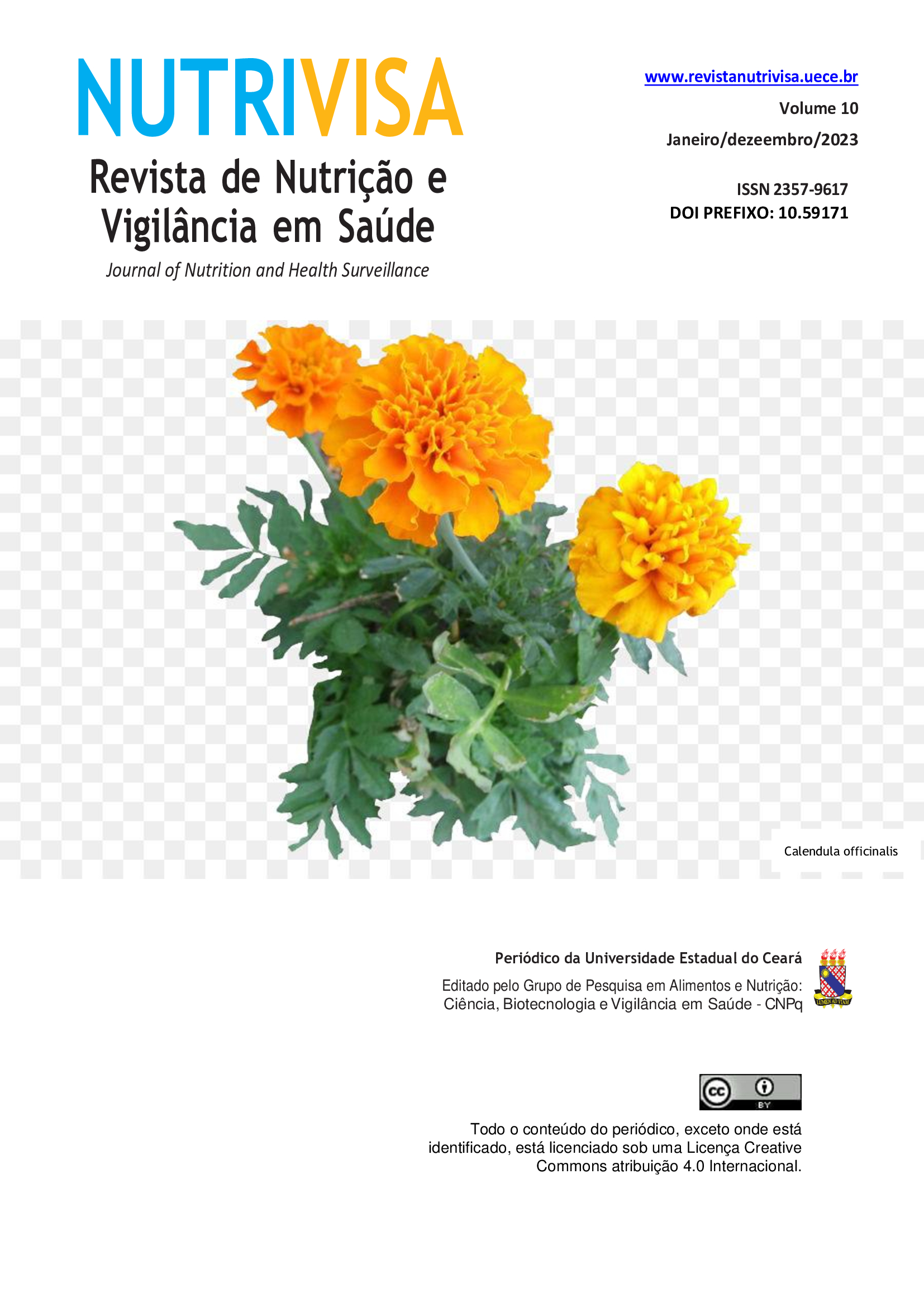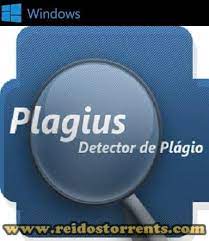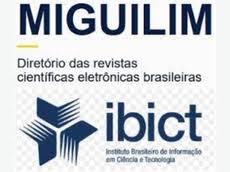Queijo Coalho artesanal: cultura, história e gastronomia nordestina.
DOI:
https://doi.org/10.59171/nutrivisa-2023v10e10408Keywords:
Queijo artesanal, Queijo de leite cru, Gastronomia nordestina, Bactérias benéficas, Alimento funcionalAbstract
POINT OF VIEW - The text describes that cheese production is a very old thing and constitutes a classic exampleof food preservation. It emphasizes that although the developed world uses modern and sophisticated technologies
in food production, fermented foods manufactured in an artisanal way such as cheeses, meats, breads and others
have stood out and conquered new markets, for conserving characteristic flavor and aroma, which disappeared in
products industrialized. It is in this context that Coalho cheese or artisanal coalho cheese comes in, which
has been produced with raw milk for over 400 years in the Northeast region. The artisanal Coalho cheese
represents the culture, history and gastronomy of the Northeast of Brazil. This food is already part of the eating habits
of the population of the Northeast of Brazil and constitutes an important ingredient of several Northeastern delicacies,
such as baião de dois, munguzá, tapioca, pomonha, among others. The author points out that the artisanal
production of cheeses (Coalho and Manteiga) represents an important economic activity in the Northeast region,
as it generates a source of income (milk and cheese) and work in the field. It is estimated that around 50% or
more of the production of cow's milk in the Northeast is destined to the elaboration of artisanal Coalho cheese
(QCA). The text recalls that the manufacture of the QCA is simple and inexpensive, but always requires cow's
milk of good microbiological quality. The lactic acid bacteria (LAB) that are present in raw milk are directly
responsible for the sensory characteristics of the artisanal product, such as the flavor, aroma, consistency and
body of the cheeses. In the case of industrial Coalho cheese, pasteurization destroys the BAL. The author also
highlights the important quality attributes of the QCA and presents the physical-chemical composition of the QCA
produced in three municipalities in Ceará. Finally, the author points out that raw milk QCA can be used as a
functional food, due to the presence of numerous bioactive peptides that bring various benefits to human health.
References
CASCUDO, L. C. História da alimentação no Brasil. Belo Horizonte: Ed. Itatiaia, São Paulo: Ed. Universitária de São Paulo, v.2, 1983, 926p.
CAPLICE, E.; FITZGERALD, G.F. Food fermentations: role of microorganisms in food production and preservation. International Journal of Food Microbiology, v.50, o.131- 149, 1999.
CAVALCANTE, J.F.M (organizador). Queijo coalho artesanal do Nordeste do Brasil. Fortaleza: Banco do Nordeste, 2017. 248p. ISBN: 978-85-7791-255-1.
CAVALCANTE, J. F. M. Sistema de Apoio a Decisão na Produção de Leite e Queijo Coalho com Segurança Alimentar. 2005. Tese. 156 f. (Doutorado em Ciência e Tecnologia de Alimentos) – Universidade Federal de Viçosa-MG, 2005.
FILHO, C.G.; SILVA, P.C.G. Indicação geográfica, uma certificação estratégica para os produtos de origem animal da agricultura familiar do semiárido. Rev. Econ. NE, Fortaleza, v. 45, suplemento especial, p. 133-141, out./dez., 2014.
FOX, P. F; MCSWEENEY, P. L. H.; COGAN, T.M.; GUINEE, T.P. Cheese: Chemistry,
Physics and Microbiology, 3th. Ed., London: Chapman & Hall, 2004, vol. 1, 609p. ISBN 0-1226-3652-X.
FURTADO, M.M. Receituário Brasileiro de Queijos. 2ª Edição ampliada, Valinhos, SP: Editora Setembro, 2023, 345 p. ISBN: 978-65-00-33558-3.
MARTIN, J. G. P; LINDNER, J. D. (organizadores). Microbiologia de Alimentos Fermentados. São Paulo: Blucher, 2022. 704p.
MONTEL et al. Traditional cheeses: Rich and diverse microbiota with associated benefits. International Journal of Food Microbiology, 177, 2014, p.136 - 154.
PAQUEREAU, B. P. D.; MACHADO, M.G.B; CARVALHO, S.R.N. Queijo de coalho
artesanal no estado de Pernambuco. In: Queijo coalho artesanal do Nordeste do Brasil. CAVALCANTE, J.F.M (organizador). Fortaleza: Banco do Nordeste, 2017. 248p. ISBN: 978-85-7791-255-1.
PIARD, J.C.; LE LOIR, Y.; POQUET, I.; LANGELLA, P. Bactérias Lácticas: as
bactérias lácticas no centro dos novos desafios tecnológicos. Traduzido pelos professores doutores Vasco Azevedo e Ana Lúcia Brunialti Godard. Depto de Biologia Geral/ICB-UFMG. Disponível em: file:///C:/Users/User/Downloads/Bacterias_lacticas_As_bacterias_lacticas_no_centro.p df. Acesso em 15.02.2023.
SILVA, R.A et al. Can artesanal Coalho cheese from Northeastern Brazil be used as a funcional food. Original research article. Food Chemistry, v.135, 2012, p.1533-1538.
Downloads
Published
How to Cite
Issue
Section
License
Copyright (c) 2023 José Fernando Mourão Cavalcante

This work is licensed under a Creative Commons Attribution 4.0 International License.














